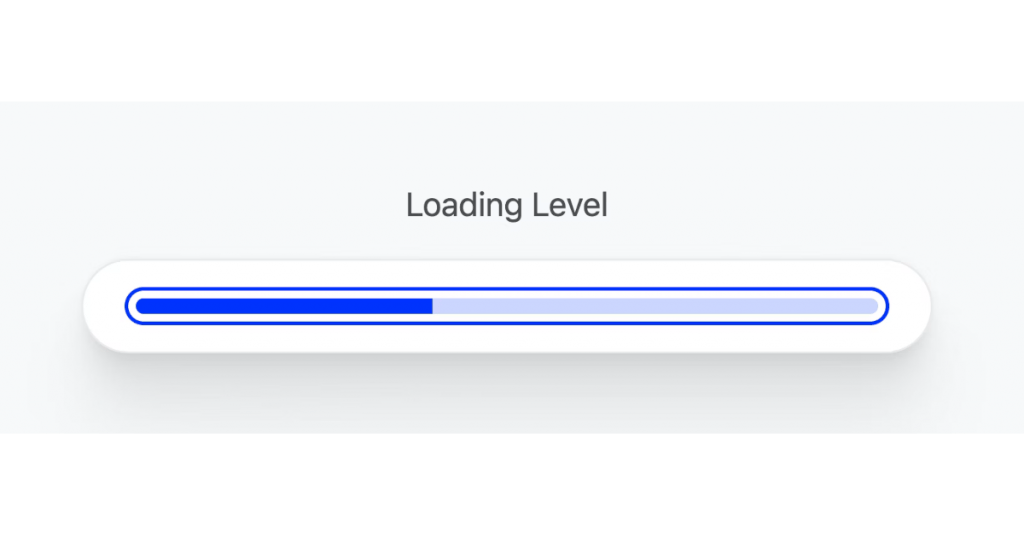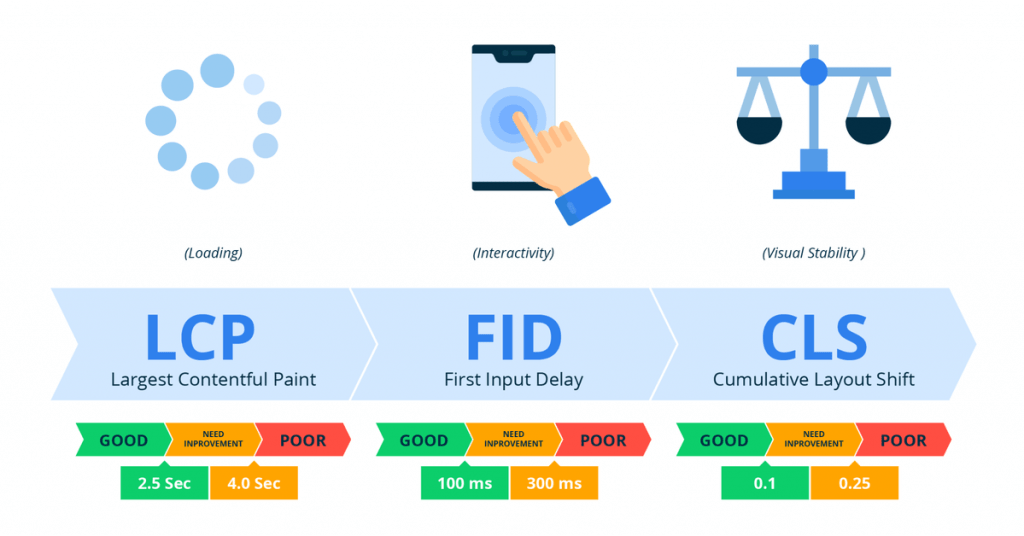Website performance is a crucial aspect of user experience and can significantly impact user engagement, conversion rates, and search engine rankings. Slow-loading websites can lead to higher bounce rates and lower user satisfaction. Optimizing your website load times and performance is essential for providing a better user experience and achieving your business goals. Here we discuss various strategies for improving your website’s performance, ensuring that your site loads quickly and efficiently.
Minify and Compress Files
Minifying and compressing files can help reduce the size of your CSS, JavaScript, and HTML files, leading to faster website load times.
- Minify: Minification involves removing unnecessary characters, such as whitespace and comments, from your code without affecting functionality.
- Compress: Compression techniques, like Gzip, can reduce file sizes by eliminating redundant data and using more efficient encoding methods.
Optimize Images
Large image files can significantly impact your website load times. To optimize images:
- Use appropriate file formats: Use modern image formats like WebP or AVIF, which offer better compression and quality compared to traditional formats like JPEG or PNG.
- Compress images: Use image compression tools, such as ImageOptim or TinyPNG, to reduce image file sizes without sacrificing quality.
- Implement responsive images: Use the
srcsetattribute andpictureelement to serve appropriately sized images based on the user’s device and screen resolution.
Leverage Browser Caching
Browser caching allows users’ browsers to store static files, like CSS, JavaScript, and images, so they don’t have to be downloaded again on subsequent visits.
- Set cache headers: Configure your server to send cache-control headers, specifying how long browsers should cache specific file types.
- Use unique file names: When updating files, use unique file names or cache-busting techniques to ensure that users always receive the latest version.
Implement Lazy Loading
Lazy loading delays the loading of non-critical resources, such as images and videos, until they are needed (e.g., when the user scrolls down the page).
- Use the
loadingattribute: Add theloading="lazy"attribute to yourimgandiframeelements to enable native lazy loading in supported browsers. - Use JavaScript libraries: For browsers that don’t support native lazy loading, use JavaScript libraries like Lozad.js or Vanilla LazyLoad to implement a custom solution.
Use Content Delivery Networks (CDNs)
A Content Delivery Network (CDN) is a network of servers distributed across multiple locations, which can serve static assets like images, stylesheets, and JavaScript files.
- Choose a CDN provider: Select a CDN provider that meets your needs, considering factors such as cost, performance, and coverage.
- Configure your assets: Update your website to use the CDN URLs for serving static assets, ensuring that users receive content from the server closest to their location.
Optimize CSS and JavaScript
The way you write and load your CSS and JavaScript can significantly impact your website’s performance.
- Eliminate render-blocking resources: Move your critical CSS inline and defer the loading of non-critical CSS and JavaScript to prevent them from blocking the rendering of your page.
- Use minified libraries: When using third-party libraries, always use the minified versions to reduce file sizes.
- Remove unused code: Use tools like PurgeCSS to identify and remove unused CSS and JavaScript code from your website.
Optimize Server Performance
The performance of your server can also impact your website load times.
- Choose a reliable hosting provider: Select a hosting provider that offers fast server response times and reliable performance.
- Use server-side caching: Implement server-side caching, such as Varnish or Redis, to store the results of resource-intensive operations and serve cached content to users, reducing server load and response times.
- Optimize server-side code: Review your server-side code (e.g., PHP, Python, Ruby) to identify and eliminate bottlenecks, optimize database queries, and implement best practices for efficient code execution.
Implement HTTP/3
HTTP/3 is the latest version of the HTTP protocol, offering several performance and security improvements over its predecessor, HTTP/2.
- Use a compatible server: Ensure that your web server supports HTTP/3 (e.g. LiteSpeed). HTTP/3 adoption is still in its early stages and not all websites and servers support it yet.
- Enable HTTP/3: Configure your server to use HTTP/3, which offers benefits such as reduced latency, improved reliability and better performance on mobile networks.
Reduce HTTP Requests
Reducing the number of HTTP requests your website makes can help improve load times.
- Combine and concatenate files: Combine multiple CSS or JavaScript files into single, larger files to reduce the number of requests.
- Use CSS sprites: Combine multiple small images into a single image (sprite), and use CSS to display the appropriate portion of the image, reducing the number of image requests.
Prioritize Above-the-Fold Content
Optimizing the loading of above-the-fold content (the portion of your website visible without scrolling) can help improve perceived performance.
- Inline critical CSS: Include critical CSS directly in the HTML head, ensuring that above-the-fold content is styled immediately.
- Defer non-critical resources: Delay the loading of non-critical resources, such as below-the-fold images, fonts, and JavaScript, until the above-the-fold content has been rendered.
Optimizing your website load times and performance is essential for providing an excellent user experience, increasing user engagement, and improving search engine rankings. By implementing the strategies discussed in this guide, including file minification and compression, image optimization, browser caching, lazy loading, CDN usage, CSS and JavaScript optimization, server performance improvement, HTTP/2 implementation, reducing HTTP requests, and prioritizing above-the-fold content, you can ensure that your website loads quickly and efficiently, providing a better experience for your users. Check out our article on Core Web Vitals, a set of performance metrics introduced by Google in 2020.




